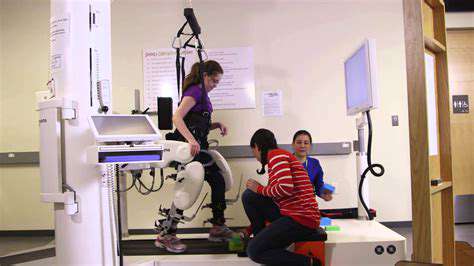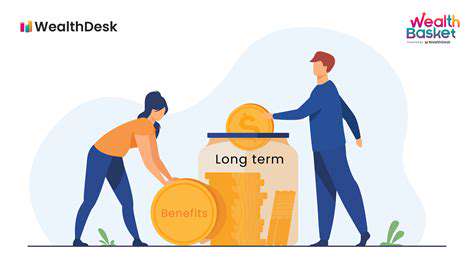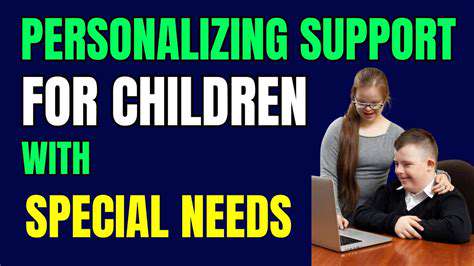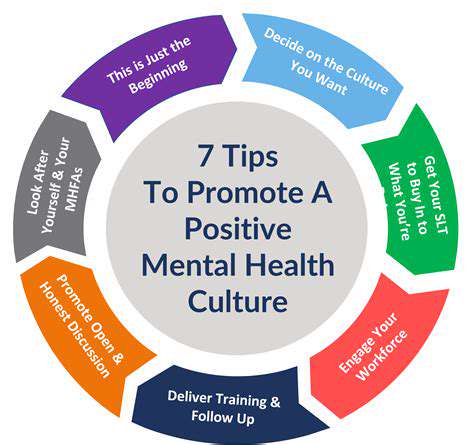The Sustainable Power of Community Support for Mental Wellness
Practical Strategies for Cultivating Supportive Communities
Building Trust and Rapport
Cultivating supportive communities requires creating an environment where trust can flourish. This begins with authentic interactions—making eye contact, remembering personal details, and following up on previous conversations. Small gestures like these signal genuine care and build rapport over time.
Consistency matters just as much as intention. Showing up regularly for community events, remembering birthdays, and checking in during difficult times demonstrates reliability. These patterns of behavior create safety nets that allow people to open up authentically.
Fostering Open Communication Channels
Diverse communication methods accommodate different comfort levels. Some members prefer face-to-face meetings while others thrive in written exchanges. Offering multiple avenues—whether Slack channels, monthly potlucks, or anonymous suggestion boxes—ensures everyone has a voice.
Ground rules help maintain productive dialogue. Start meetings with reminders about active listening techniques: paraphrasing before responding, avoiding interruptions, and using I statements. These practices prevent misunderstandings and keep conversations constructive.
Encouraging Mutual Support and Collaboration
Skill-sharing initiatives create natural opportunities for connection. When a graphic designer offers to teach Canva basics or a chef hosts cooking demonstrations, community members recognize each other's strengths. This organic reciprocity builds interdependence—the hallmark of resilient groups.
Public recognition amplifies this effect. Highlighting contributions in newsletters or during meetings validates effort and inspires others. Try specific praise like, Jamal's thorough research helped us secure the grant, rather than generic compliments.
Identifying and Addressing Needs
Needs assessments should be ongoing, not annual. Quick pulse surveys after events or casual conversations often reveal more than formal questionnaires. Watch for patterns—if multiple parents mention afterschool care challenges, consider organizing a babysitting co-op.
Cultural competence prevents oversight. A community picnic assuming pork is acceptable or scheduling meetings during religious holidays inadvertently excludes. Proactive education about diverse traditions fosters true inclusivity.
Celebrating Strengths and Achievements
Milestone markers strengthen communal identity. Create traditions around achievements—a bell to ring after completing goals, a wall of fame for personal triumphs, or quarterly small wins celebrations. These rituals reinforce progress.
Peer-nominated awards add depth to recognition. Categories like Best Listener or Most Creative Problem-Solver highlight valued traits beyond tangible accomplishments, shaping community values.
The evolution of travel services mirrors humanity's enduring wanderlust. Early travelers relied on camel caravans and star navigation, their journeys documented in merchant logs and explorers' diaries. These solitary treks gradually gave way to shared expeditions as trade routes expanded, planting seeds for modern tourism networks.
The Long-Term Impact of Community Support on Mental Wellness
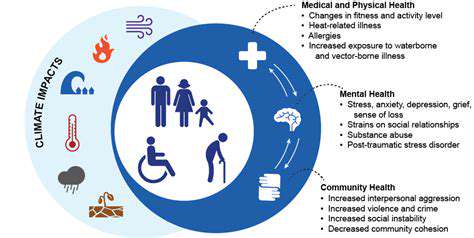
Community Engagement and Social Capital
Shared experiences weave invisible safety nets that catch us during life's stumbles. Neighborhood potlucks, block parties, and volunteer projects create overlapping connections that become lifelines during job losses or health crises. This web of relationships—social workers call it social capital—functions like an emotional 401(k), compounding interest through small, regular deposits of goodwill.
Economic Growth and Opportunity
Local loyalty creates economic resilience. When residents prioritize mom-and-pop shops over chains, dollars recirculate 3-7 times more within the community. This multiplier effect funds playground renovations, scholarships, and other grassroots improvements that attract talent and investment.
Improved Public Health and Well-being
Front-porch communities combat modern epidemics. Studies show neighbors who know each other's names experience lower rates of depression and higher longevity, with effects comparable to quitting smoking. These bonds create natural accountability for healthy habits—walking groups form, home-cooked meals get shared during illnesses, and elders remain cognitively sharp through regular social interaction.
Enhanced Educational Outcomes
It takes a village to raise a STEM graduate. Communities with strong intergenerational ties see students benefit from free tutoring at libraries, internship opportunities at local businesses, and impromptu science lessons from retired engineers at park benches. These informal learning moments supplement classroom education.
Environmental Sustainability and Conservation
Shared spaces inspire shared responsibility. Community gardens reduce food miles while teaching composting; tool libraries minimize consumption; neighborhood cleanups turn into friendly competitions. When people feel ownership over their environment, sustainability becomes personal rather than political.
Civic Participation and Local Governance
Grassroots involvement reshapes policy. Active neighborhood associations have successfully advocated for pedestrian-friendly infrastructure, preserved green spaces, and implemented innovative solutions like tiny home villages for homelessness. These victories start with coffee-shop conversations that grow into organized movements.
Resilience and Crisis Response
Familiarity saves lives during disasters. Communities with pre-existing social networks coordinate faster during hurricanes or wildfires—they know who has generators, which elders need evacuation help, and how to pool resources. This collective competence turns vulnerability into resilience when crises strike.
Read more about The Sustainable Power of Community Support for Mental Wellness
Hot Recommendations
- AI Driven Personalized Sleep Training for Chronic Insomnia
- AI Driven Personalization for Sustainable Stress Management
- Your Personalized Guide to Overcoming Limiting Beliefs
- Understanding Gender Dysphoria and Mental Health Support
- The Power of Advocacy: Mental Health Initiatives Reshaping Society
- Building a Personalized Self Compassion Practice for Self Worth
- The Ethics of AI in Mental Wellness: What You Need to Know
- AI Driven Insights into Your Unique Stress Triggers for Personalized Management
- Beyond Awareness: Actionable Mental Health Initiatives for Lasting Impact
- Creating a Personalized Sleep Hygiene Plan for Shift Workers





